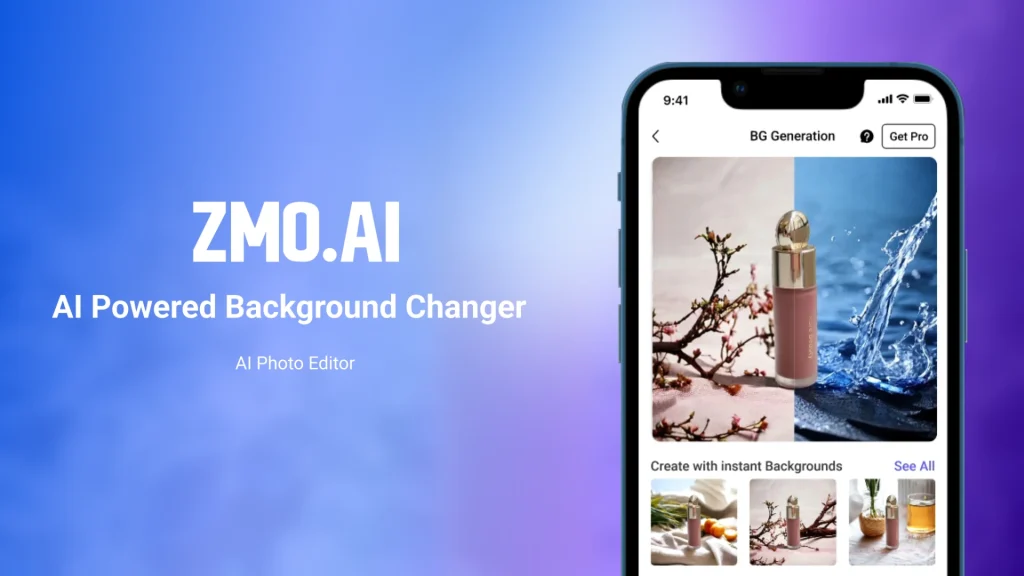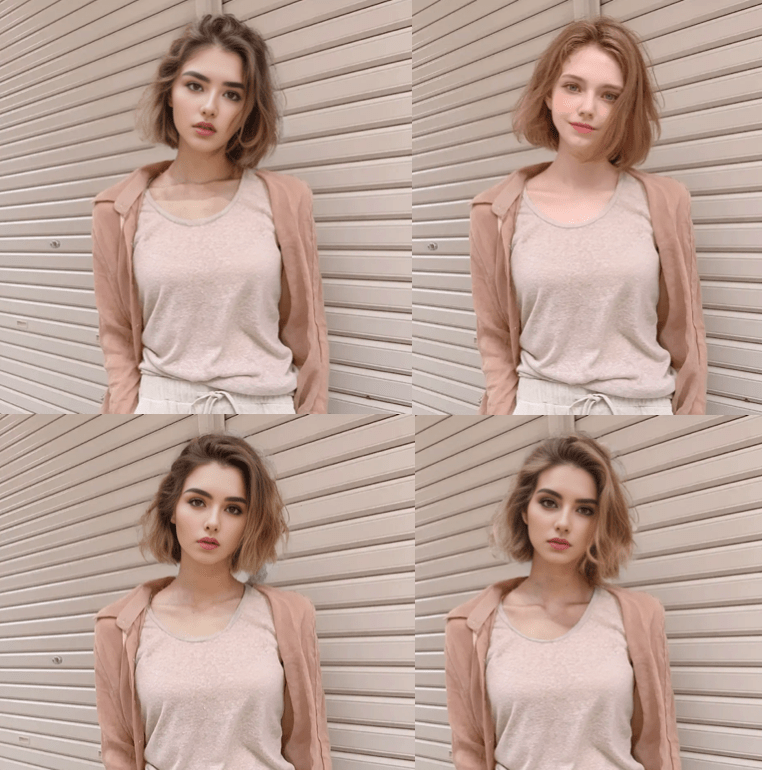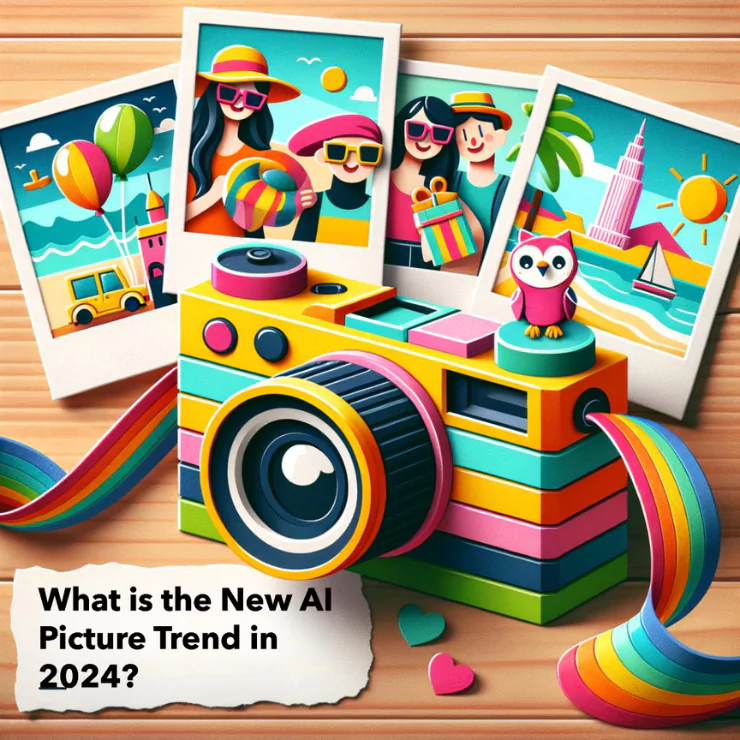Photography, since its primitive beginnings, has travelled a magnificent journey and has evolved significantly, taking on a profoundly impactful role in our lives. It has transitioned from just being a mere technological invention to becoming an essential medium that allows us to capture, cherish, and eternalize those treasured snapshots of time that we call memorable moments.
These memorable moments stretch from our personal narratives filled with joy, surprise, and sometimes melancholy, to the grand tapestry of human history depicting noted events, milestones, and figures. Every snapshot serves as a conduit to the past, engrossing us in the rich detail and emotion encapsulated within. Furthermore, these moments, once captured, gain permanence, resisting the erosive march of time, helping us to remember our past, understand our present, and shape our future.
Yet, photography’s purpose extends well beyond this. It, too, acts as a force promoting creative expression, offering a canvas for individuals to project their thoughts, perspectives, and sentiments. It has evolved into an art form where light replaces the painter’s brush, and space-time becomes the canvas. Aspiring artists and professionals alike employ photography as a tool to convey their unique vision of the world and to articulate the nuances of the human condition.
In a nutshell, the journey of photography from its advent to the present day has been a staggering progression. It has evolved from a technological innovation to a ubiquitous part of our lives. AI photo editor, serving not only as a time capsule for our treasured memories but also as an instrument to convey our creativity and individuality. It is safe to say that photography has truly come a long way since its inception.
The Evolution of Photography
The Evolution of Photography
The shift in photography from relying on analogue techniques to embracing the notably modern digital methods marked an evolutionary turning point in the realm of image capture. This switch was not just a minor tweak or an insignificant alteration but rather, it turned out to be a seismic transformation, one that invited a whirlwind of activity and reactions within the often conventional photography industry.
The physical realm of analogue was abruptly replaced by the influential, untouchable digital sphere. Traditional methods in photography, like dial-turning and film-loading, were swapped for menus and memory cards, wholly shaking up its infrastructure. Importantly, this digital shift was a forceful storm, dramatically changing the entire photographic landscape. Traditions tied to analogue were uprooted, forcing artists to steer through this unfamiliar digital territory.
In a truly game-changing manner, the transition to digital propelled the industry into a new era, affecting both professionals and amateurs alike. The ease of access and the limitless potential induced by this shift made everyone re-think not just photography as a medium but also its substantial influence and reach. The age-old craft was well and truly turned on its head, thanks to the shift from analogue to digital, taking the photography world by unprecedented storm.

Analogue to Digital
Can you recall the days of analogue cameras with film rolls? Then, digital cameras entered the scene, simplifying the whole process, increasing convenience, and making photography more accessible to everyone.
Emergence of AI in Photography
At this moment, we perched at the brink of a significant transformative shift, principally ushered in by the advancements in Artificial Intelligence, widely known as AI. This emergent technology stands poised to redefine the landscape of photography – a field that has previously undergone many waves of changes.
AI retains the formidable capacity to bring about a revolution in the industry, shaping new norms for aspiring and professional photographers alike. The key lies in the ease it brings to the editing process, the fortress of creativity in photography that stands to be remodeled with AI.
This technology enables faster image processing, effectively breaking the time barriers that have traditionally limited the stream of creativity. With AI, intricate detailing or conceiving a novel filter design no longer requires intensive hours, keeping photographers from being shackled in time restraints.
Furthermore, the improvement AI imparts in photo quality is simply unprecedented. AI leverages intelligent algorithms for noise reduction, adding clarity and precision to every picture clicked. It can significantly boost the aesthetics, playing around with light, contrast, and saturation adjustments to bring out the wow factor in every frame.
Even more importantly, the promise of personalization is where AI really shines through in the avenue of photography. Its ability to understand user preferences and choices can endow a unique flavor to each creation, culminating into a work of art that resonates with the photographer’s ideology, style, and predilections.
So, ready or not, we’re diving headfirst into an era of photography that is unquestionably molded and enhanced by the incalculable capabilities of AI.



Understanding AI Photo Editing
Understanding AI Photo Editing
Artificial Intelligence, more commonly referred to as AI, extends far beyond serving merely as an automatic photo editing instrument. This cutting-edge technology considers and integrates a multitude of diverse factors when performing its tasks. This includes, but is not limited to, lighting conditions, color schemes, and even the overall composition of the visual material in consideration.
AI thoroughly considers lighting for photography, analyzing aspects like brightness, direction, and shadows to create visually comfortable images. It also examines colors meticulously, focusing on hues, saturation, and contrast to produce appealing and realistic photos.
AI improves the photo’s composition by recognizing shapes, patterns, symmetry, among other elements, giving photos an artistic finish. It’s not only limited to these tasks, but offers features for noise reduction, sharpness improvement, and detail enhancement. Additionally, it can apply effects or color enhancements, offering customized options depending on user preferences.
In short, by effectively examining a myriad of variables and implementing a set of advantageous features, AI technology takes the quality of photographs to an entirely new echelon, thereby transforming the sphere of photo editing and bringing the magic of professional photography into the hands of the everyday individual.
ZMO.AI: A Powerhouse in AI Photo Editing
ZMO.AI: A Powerhouse in AI Photo Editing
ZMO.AI’s offerings include Magic remove, a tool that deletes any unwanted items from photos in just a few seconds, for free. The platform also hosts Background Remover, Background Changer, and other impressive features, making high-quality photo editing accessible to all, irrespective of their editing expertise.
AI’s role in photography is sure to grow exponentially in the coming years, particularly in editing. This leap forward holds the promise of even more powerful tools and techniques.
It’s clear that AI is transforming digital photography, not just improving image quality, but also in making editing more accessible and creative. With innovative platforms like ZMO.AI, anyone can unlock their potential to create stunning photos. The future of AI in photography glimmers with possibilities; we can’t wait to see where it will lead us.
FAQs
Q1: How does AI improve photo editing?
Ans: AI significantly improves photo editing through automated processes and advanced techniques. It can identify and fix problems in images, apply filters, adjust lighting, and add effects in a fraction of the time a human editor would need, offering a more streamlined and efficient editing process. Also, with machine learning capabilities, AI can learn from its past editing tasks, and improve over time.
Q2: How can AI tools enhance creativity in photography?
Ans: AI tools can enhance creativity in photography by offering a vast array of editing options that were previously impossible or too time-consuming to do manually. These include things like changing the entire background of a photograph, removing unwanted objects, or generating realistic lighting effects. By taking over the routine editing tasks, AI gives photographers more freedom and time to focus on their creativity and experimentation.
Q3: What are some AI tools used in photo editing?
Ans: Many AI tools are available in the market for photo editing, including ZMO.AI, Adobe Photoshop’s AI features, Luminar AI, etc. Some of these tools enable automatic editing of certain photo attributes, while others are more specialized. For instance, ZMO.AI provides features such as Magic Remove to get rid of unwanted objects, Background Remover and Changer for simpler and efficient background modifications.
Q4: What features does ZMO.AI offer for photo editing?
Ans: ZMO.AI offers a variety of impressive AI-enabled features. It provides a tool called Magic Remove, which removes undesired elements from images quickly and for free. Their other features include a Background Remover for easy and efficient background changes, as well as AI models for compelling content generation, making professional-level photo editing accessible to all users.
Q5: What potential does AI hold for the future of photography?
Ans: AI holds enormous potential for the future of photography. As technology advances, we can expect AI to deliver more sophisticated photo editing tools and features, making it easier to produce high-quality images. AI might be able to predict future trends in photography and adapt accordingly, provide more personalised editing experiences, and possibly even replicate the style of famous photographers. The potential is indeed limitless.




